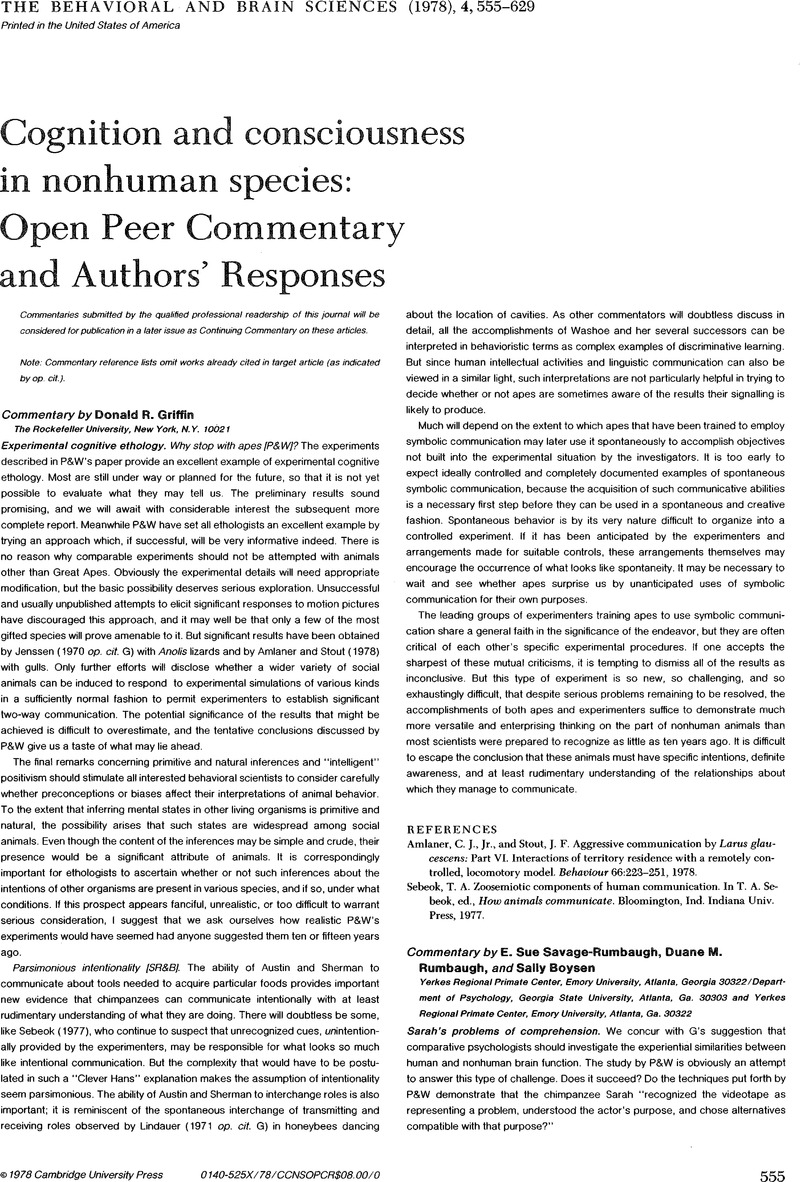Crossref Citations
This article has been cited by the following publications. This list is generated based on data provided by Crossref.
Hunt, Harry T.
1985.
Cognition and States of Consciousness: The Necessity for Empirical Study of Ordinary and Nonordinary Consciousness for Contemporary Cognitive Psychology.
Perceptual and Motor Skills,
Vol. 60,
Issue. 1,
p.
239.





